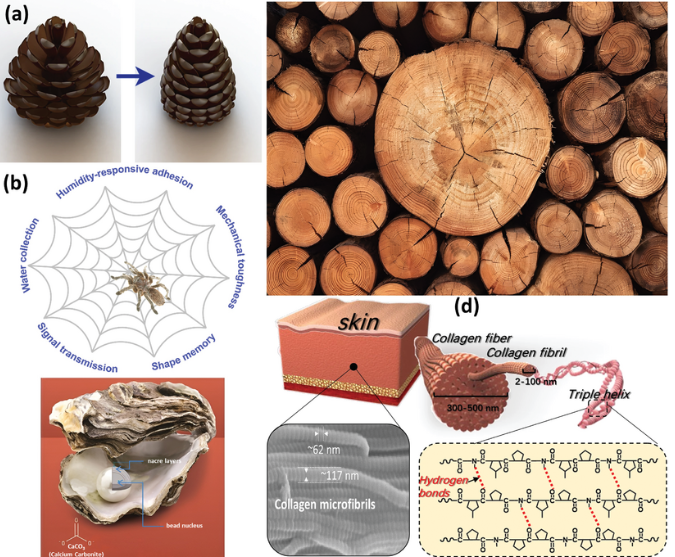3D Printing in Radiology: A Game Changer for Efficiency and Cost Savings
- Aniksha Kar
- Aug 10, 2024
- 3 min read

The advent of 3D printing technology in healthcare has been nothing short of transformative, particularly in the field of radiology. A recent study published on August 6 in the Journal of the American College of Radiology highlights that the use of 3D printing in radiology can save an estimated 41 minutes or $2,500 per case. This significant finding underscores the growing role of clinical 3D printing in improving patient care and operational efficiency in healthcare settings.The Rise of Clinical 3D PrintingClinical 3D printing has seen rapid growth in recent years, with applications ranging from creating patient-specific anatomical models to surgical guides. Despite its increasing adoption, there has been a noticeable lack of systematic data on how 3D printing is utilized in regular practice. This absence of data limits benchmarking opportunities and hinders efforts to refine and improve 3D printing workflows in clinical settings.To address this gap, the American College of Radiology (ACR) and the Radiological Society of North America launched a registry in June 2020. The aim of this initiative was to collect standardized data on 3D printing performed in healthcare facilities. The recent study examines this data to provide insights into the use and benefits of 3D printing in clinical environments.Key Findings of the StudyLead author Kenneth C. Wang, MD, PhD, from the University of Maryland School of Medicine’s Department of Radiology, along with his colleagues, analyzed data spanning three years up to June 2023. Their research included information from 20 healthcare sites and over 2,600 cases. The findings revealed several important insights:Wide Range of Applications: Clinical 3D printing is used for patients of all ages and addresses a variety of clinical indications. The data showed that patient models were most commonly utilized in cardiac care, while 3D guides were predominantly used in neurological cases (42% of instances).Imaging Modalities: CT imaging was the primary modality used in about 88% of cases, with MRI utilized in 22%. This indicates a strong reliance on these imaging techniques to inform 3D printing processes.Common Organ Systems: The study reported on 11 organ systems, with neurologic, cardiac, musculoskeletal, breast, and genitourinary cases accounting for 93% of all cases. This highlights the diverse applicability of 3D printing across various medical specialties.Time and Cost Efficiencies: The analysis of time spent revealed that radiologists and other healthcare providers dedicated approximately 34 minutes to consultations, 32 minutes to segmentation, 21 minutes to computer-aided design, and 6 minutes to preparation and post-processing. On average, the total time spent on each 3D printing case was 92.4 minutes for providers and 335 minutes for non-providers, such as technologists and engineers.The estimated cost associated with provider effort was about $339, while non-providers incurred costs of roughly $267, totaling nearly $606 per case on average.Substantial Savings for Surgical ProceduresWhile not all 3D printing cases are performed in preparation for surgical procedures, the study identified a subset of about 155 instances where significant time savings were reported. For these cases, the researchers estimated that 3D printing saved providers an average of nearly 41 minutes, leading to an estimated operating room cost savings of about $2,511 (based on an average OR cost of $62 per minute). This cost savings vastly exceeds the average staffing cost of $606, illustrating the potential for 3D printing to enhance operational efficiency.Considerations and LimitationsDespite the promising results, the authors noted several limitations to their findings:Generalizability: The savings estimate is based on reported time savings from only 5.9% of cases in the study, meaning that it cannot be generalized to all 3D printing cases.Unreported Cases: It is likely that some cases that did not report a procedure time savings were still utilized for surgical preparations. The current estimate does not account for these instances.Subjective Estimates: The reported time savings were based on subjective estimates from clinical users rather than measured procedure times, which may affect the accuracy of the findings.Variability in Costs: Operating room costs can vary significantly between institutions, which may influence the reported savings.Nonsurgical Procedures: Some cases may relate to nonsurgical procedures, such as those performed in a cardiac catheterization laboratory, which have different cost structures and may not reflect the same savings.ConclusionThe insights gained from this study emphasize the increasing importance of 3D printing in radiology. As healthcare continues to evolve, the ability to leverage technology like 3D printing not only enhances patient outcomes but also drives significant cost and time efficiencies. While there are limitations to the findings, they align with other reported estimates in the field, suggesting that clinical 3D printing is a valuable tool for healthcare providers aiming to improve workflow and patient care.As the registry continues to collect data and refine its insights, the future looks promising for the integration of 3D printing in medical practice, paving the way for innovations that can ultimately transform the landscape of healthcare.




Comments